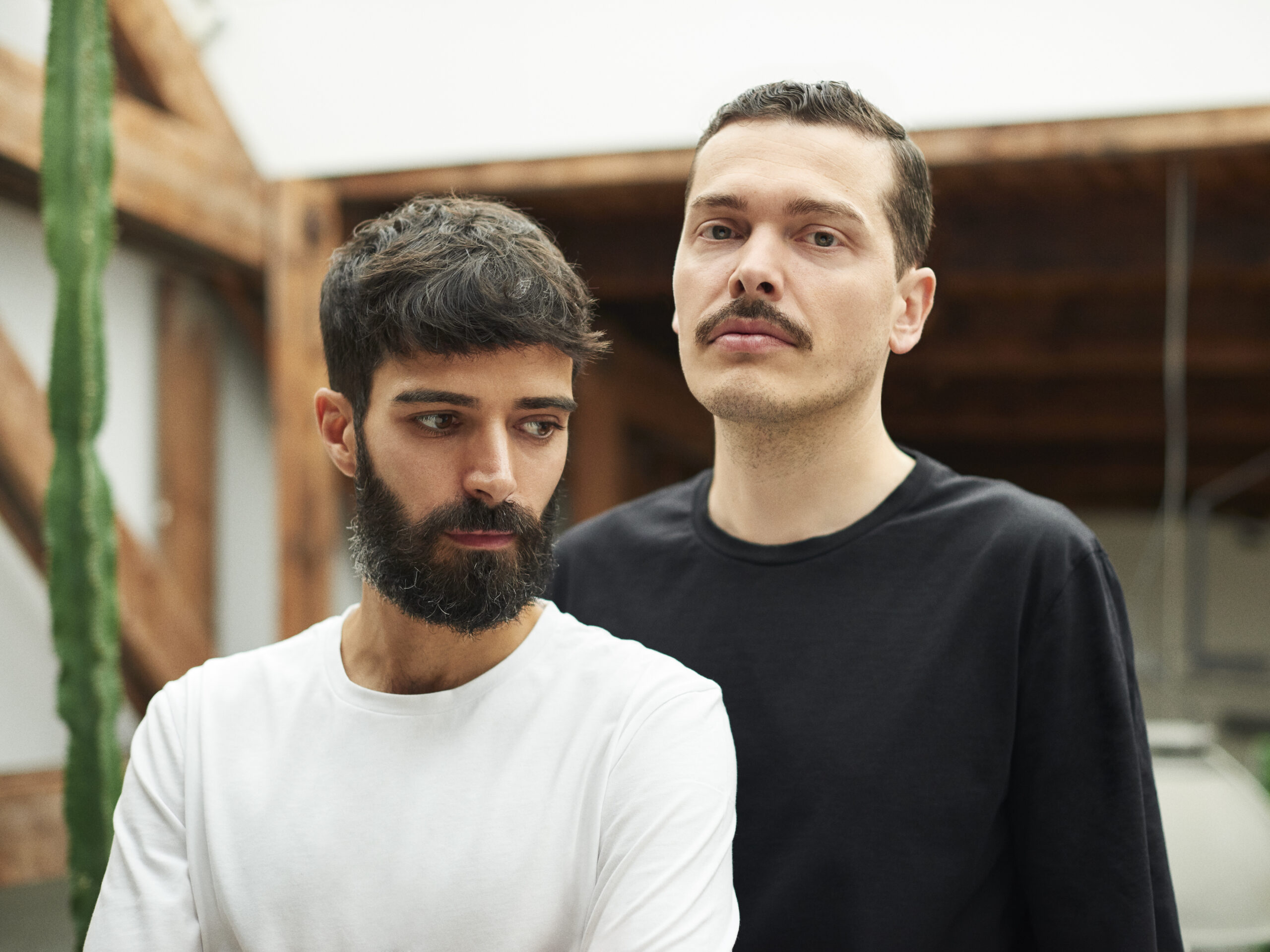
Weekly meets Simone Farresin of Formafantasma
Weekly’s Crystal Bennes speaks to Simone Farresin, one-half of Formafantasma (with Andrea Trimarchi), from their Amsterdam-based studio via Skype to discuss the impact of the pandemic, strategies for preserving knowledge and the difficult balance between research projects and commercial work.
Weekly: As a starting point, I wanted to ask about the impact of the pandemic on the studio. I wonder, for example, if the recent redesign of your website to reduce its CO2 emissions was prompted by the pandemic.
Simone Farresin: To know the impact of the pandemic on ourselves and our work, I think it will take many years to understand. In a way it is too early to reflect on it.
The pandemic started when we were opening an important exhibition, Cambio, at the Serpentine Galleries, which was partly a formalisation of our preoccupation with the way that the design discipline deals with ecological issues. To be doing this work in the middle of a pandemic somehow felt like the only way to do design. And I think that we will try to do more and more work, at least in our research-based practice, where we can think about design on a more expansive level. This does not mean we will not do commercial projects. We are a commercial practice and we will continue to do commercial work. But it feels that there is no way back.
You also mentioned our website. Of course, everything we have done in the last year has been affected by the pandemic, but the website was also the result of trying to understand the ecological crisis and react to it. And our work was already responding to these urgencies prior to the pandemic. The website came to exist in its current form, first of all, because of a need to redesign our website. We didn’t want it to become a project, but it became a project because we were thinking about how our work should be presented online and the differences between Instagram and other media. We are not interested in websites that are exclusively image-based. And because of our research with electronic waste, we started to think about the infrastructure of the Internet. We also had someone here in the studio, Gregorio, who no longer works with us, who worked extensively on these issues.
We started talking about how to make the website more sustainable and that’s what we ultimately did. What is interesting is that while the formal outcome of the website could be considered maybe too restrained or too purist, we think it reflects our own ideas about design, so we don’t feel frustrated by its limitations. Instead, we think it is elegant, as well as sustainable.

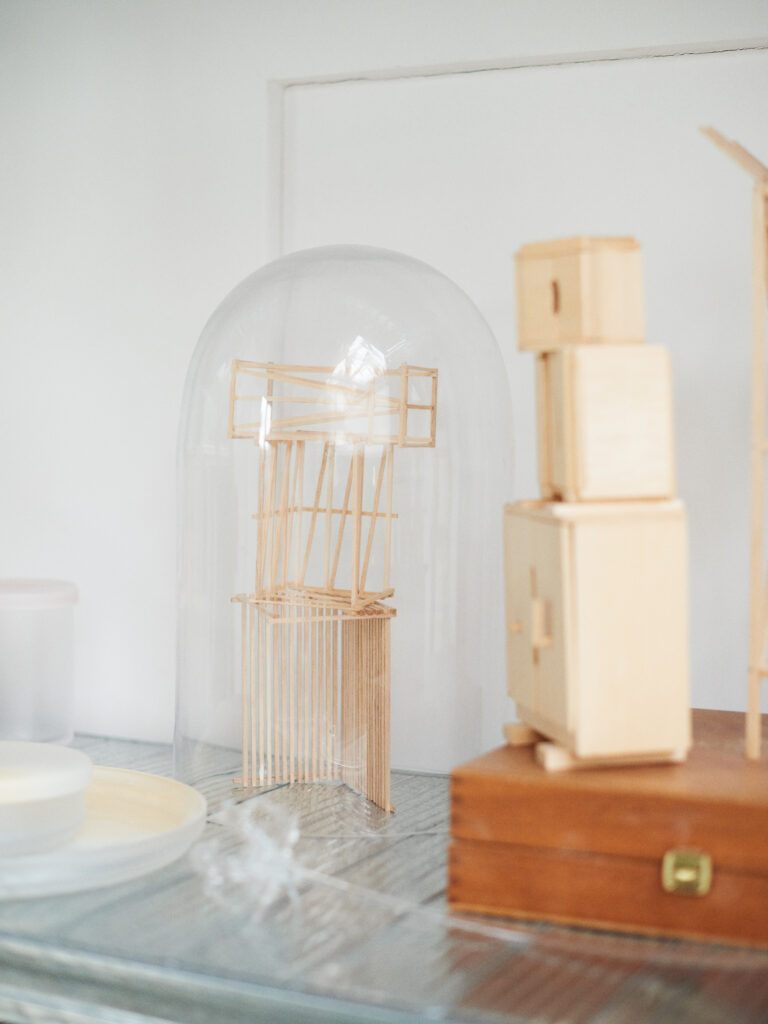
W: In many of your previous interviews, there’s an emphasis on the fact that you are both a research-based and commercial design studio. As it’s often emphatically stated but not then developed, I’m interested to understand why you feel it is so important to articulate this difference. Could you elaborate on the relationship between these two aspects?
SF: We think it important to state because our work is not always written about or understood in context. To be understood in context, you need to know what kind of practice you are looking at. Many journalists or theoreticians who look at our work view it as a bubble that can be compared with any other kind of practice. But it’s not like that. Every time you look at someone’s work, you need to look within the limitations or the possibilities of that specific practice.
I want to stress this because we are not an academic practice. Our research is not academic and it does not pretend to be. It does not mean it is not rigorous, but it is not academic. And we have both the freedoms and the problems of this position. Our attempt to address certain issues does not come from a pure research position, but as a consequence of a design practice that tries to operate on a commercial level. Our background is in product design and industrial design, and our perspectives have been shaped by these disciplines. So, our work has to make compromises. Some of the research questions we respond to with our independent work are stimulated by the things we can not address or that are left out when we work with commercial partners.
The reason why we think it is important to state is because people need to understand our position, and to understand why there are sometimes visible, conflicting relationships between some of the commercial work that we do and the subjects that we explore in our independent research projects. This is potentially a weak point, but it is also the strength of our practice.
For example, after Cambio, we have been working with a furniture company that uses wood. We are really trying to enter into conversation with them and apply, not so much the ideas of Cambio, but the attitude, in order to become a kind of independent research and development brain for the company. We are looking at their production methods and trying to understand how we can intervene and create different ways for them to work with designers, different company politics, different ways of extracting timber from forests and so on.
There’s often discussion about the more speculative elements of our practice, but we are also very interested in practicalities. This is partly the reason why our website isn’t fully divided into commercial work and research-based work, because we hope that in the long term the two will be more integrated where possible. In many ways, our practice reflects the challenges we deal with in our private lives. We all want to be more sustainable and to think about ecology, but we still enjoy certain conflicting privileges. Instead of pretending to be idealistic and perfect, we prefer to be transparent about how we make our living.
W: I wanted to ask about the afterlife of some of the independent research projects, specifically Ore Streams and Cambio. You mentioned that you’re working with a furniture company post-Cambio, but I’m curious if similar collaborations resulted from Ore Streams. Are commercial relationships partly what you’re aiming for with these types of projects?
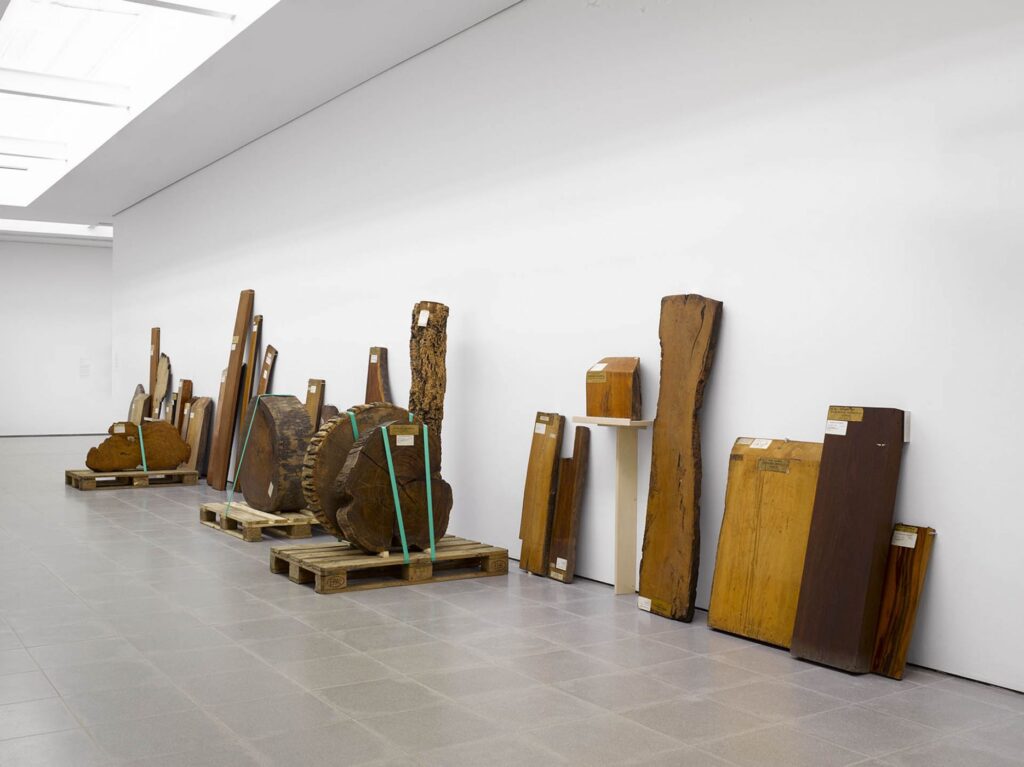
SF: One of the reasons why we shifted from looking at electronic waste to timber—well, there were a number of contextual reasons related to the Serpentine and its location—but after Ore Streams we tried to reach out to producers to move forward with the project after our independent approach to it, but we struggled.
We did work with an electronics company, a consultancy for Samsung, but it was more about materials and finishing. We couldn’t go in-depth with the questions we wanted to address. Part of the difficulty was that the companies are fragmented in their design development and so it’s impossible to have a holistic conversation about what they do.
So, we shifted to wood. Wood allows us to talk about a number of ethical and environmental problems, but it also allows us to work practically and use our training as product designers. When you speak about product design, furniture is key and wood is an obvious material for making furniture. Wood also allowed us to return to an industry that we are more familiar with and which is more familiar with us. It seemed like we could more easily make an impact in this industry.
W: Without wanting to fall into the trap of making everything a binary—research or commercial, knowledge or objects—something you mentioned in a previous interview related to Ore Streams was how ‘everybody was really seduced by the objects you designed as outputs’ and I’m interested in why you feel compelled to design objects alongside the presentation of research.
SF: First of all, we absolutely stand by the Ore Stream pieces. But that project was also a commission from the National Gallery of Victoria in Melbourne. When they commissioned the work, it was the first year that they had approached designers and they wanted to acquire a piece for their collections which are largely furniture. While we had all the freedom we wanted, the commission also ultimately required a series of objects.
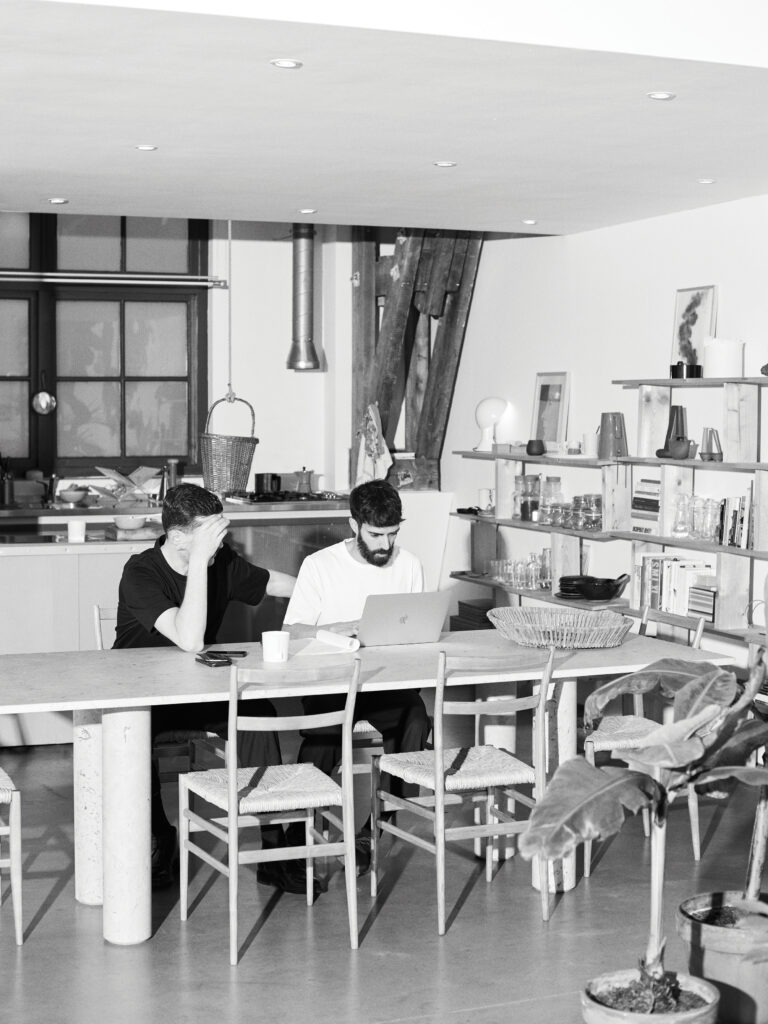
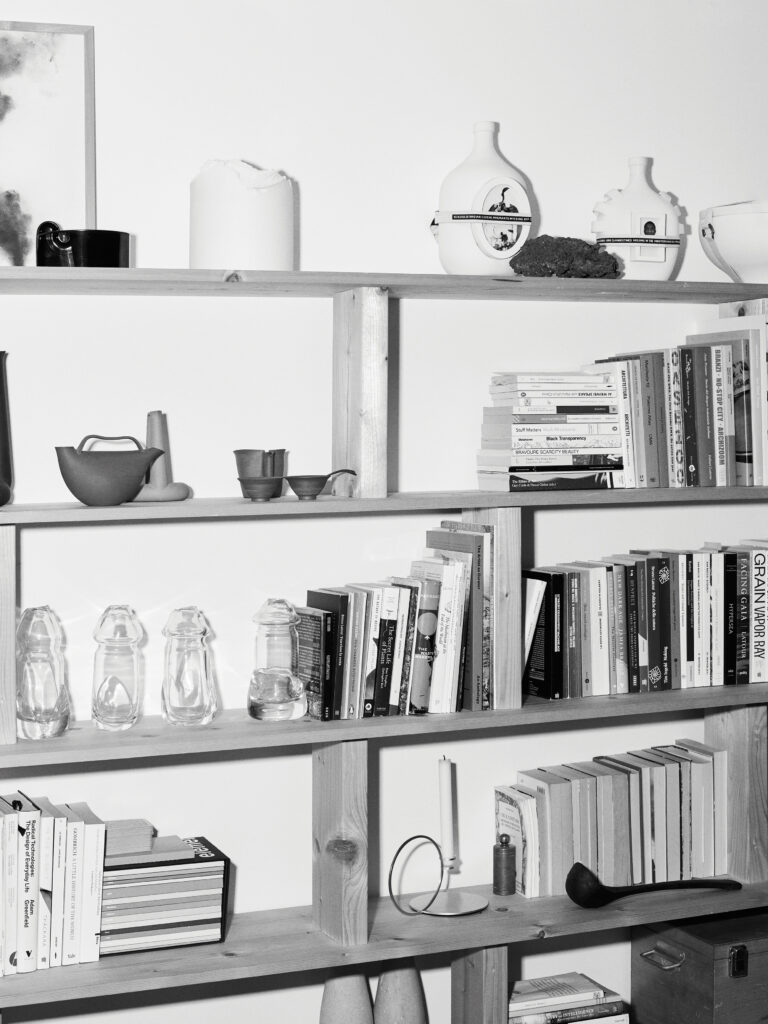
W: That’s interesting.
SF: Many people interpret the objects as an end point of the research. But this is not the case. It is almost the other way around. In a way, the objects are tools that allow us to carry out the research—to look for companies that recycle circuit boards or extract ores or deal with dead stock. While the objects are interesting as objects, it’s much more about how they relate to the research as a tool and not on a purely material level.
W: And where do, for example, broader questions around things like legislation enter into your research?
SF: When we worked on Ore Streams and Cambio, we looked into governance and legislation extensively. This does not necessarily mean that we can then enact change. I think that our independent works come from a personal urgency, and in part they satisfy themselves within that framework. One area where we are interested in expanding on these issues is through education, specifically our GEO-Design course [a new two-year master’s course at Design Academy Eindhoven]. We are interested in education because we can’t necessarily apply everything we address through our research and we think that some of the questions we have can be taken up by others.
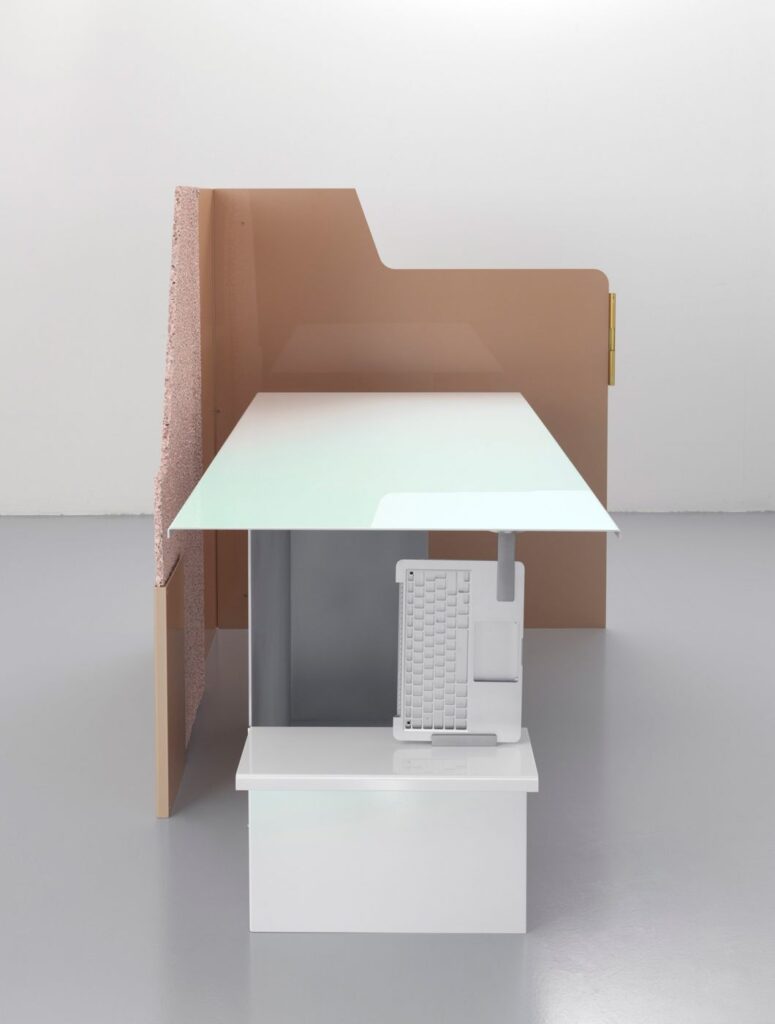
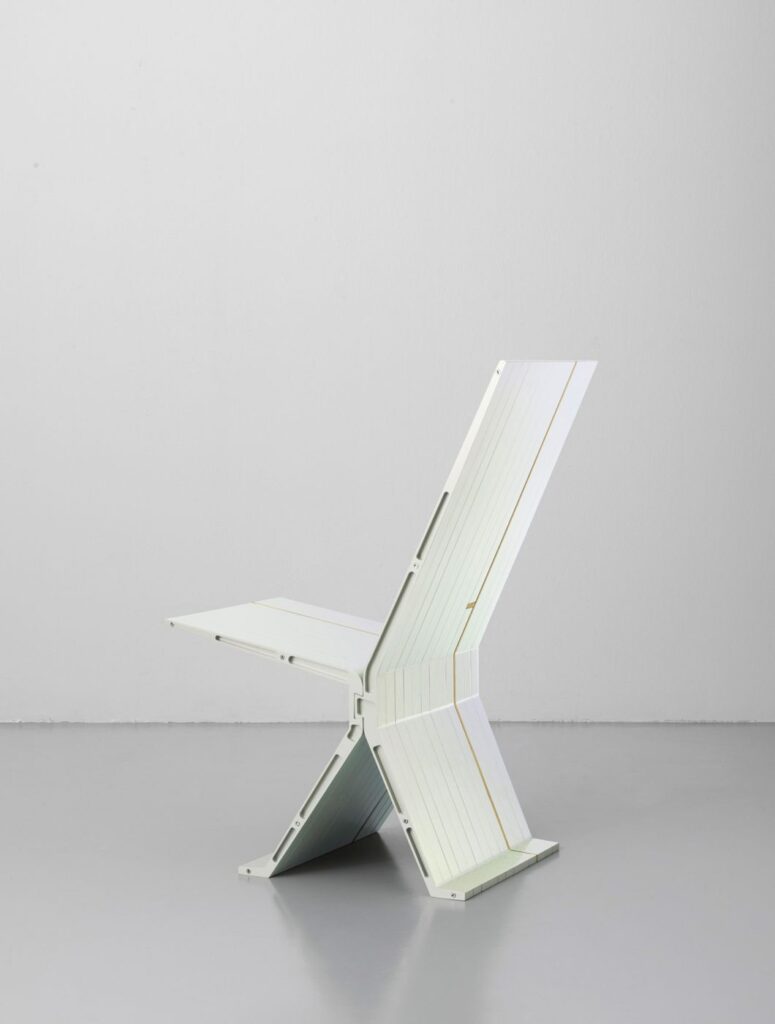
W: I think that’s an important aspect of research that sometimes gets forgotten about; the idea that a research project is never really finished, or that others might take up where you’ve left off.
SF: Indeed. When you talk about research, there are often elements that are later appropriated by others and so development of knowledge continues.
W: And you’ve borrowed from others, of course.
SF: We borrow from others, and we make things available to others. That’s also why we made a website of archival materials for our GEO-design students related to Cambio. This is one of the questions which we haven’t yet found a solution for in GEO-Design. We are trying to see if we can build a conversation of knowledge that isn’t solely based on the annual groups of students, but is instead consolidated and situated within the department.
W: This is your first cohort of GEO-Design students. How’s it going?
SF: It is an extremely interesting learning experience for us. You begin to understand that there is a limit to how much you can shape something composed of a large group of contributors: there are students, the mentors and us. To shape the programme in a way that corresponds precisely to our ideas would take years, really. And then there are many questions that you find yourself wondering: how expansive can this be before it becomes about nothing, or how can you be open but not generalist? How can you respect the knowledge of others? How can you do research and ensure that the research is shareable? It’s also difficult to explain to students your vision. They don’t necessarily get it, and rightly so. We don’t always get their vision either.
W: Nothing makes you reflect and precisely articulate your own point of view more than having a group of twenty students sit in front of you and go I have no idea what you’re talking about.
SF: Absolutely. They are also a very smart group of people who are extremely adamant to engage with the world, with injustice and with ecology. It’s wonderful to see that the students of GEO-design are not scared to dive in the mud. I can already see a generational shift. It’s so refreshing.
W: And what kinds of subjects have the students been working on?
SF: Well, I can tell you a bit more about what happened this year in terms of some of the assignments. The first semester was about Cambio and the timber industry. But each of the students responded to the question in different ways; some on a more material level, others on a political level, some were much more interested in things like the social politics connected to the forest. Then, they worked on a project about film with Metahaven who worked with the students on ideas of sensing the environment in different ways; mediated by technology, mediated by the camera, mediated by many other ideas.
Now, in the last trimester, they have been assigned a piece of land in the Netherlands which is a rewinding project, and they are exploring the project—either criticising it or operating within it—with knowledge gained from working with both a conservationist and an architect.
W: The last thing I want to ask you is whether teaching—especially since it’s your first time creating and running an MA studio—has had any transformative effects on you or changed any aspect of the studio’s practice?

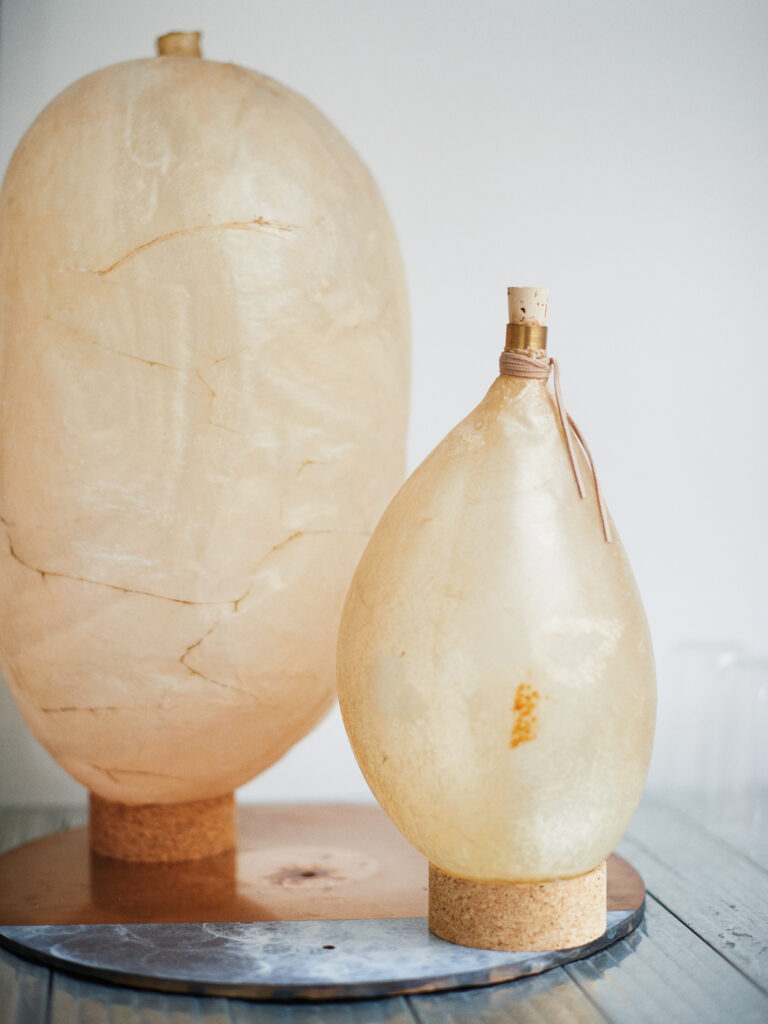
SF: Again, I’m not sure I could pinpoint specific things. But seeing the students struggling with how to answer their questions makes me understand our own position more clearly and how we solve our problems. I think when you are confronted with the struggles of others, you really begin to understand your own processes for resolving similar difficulties.